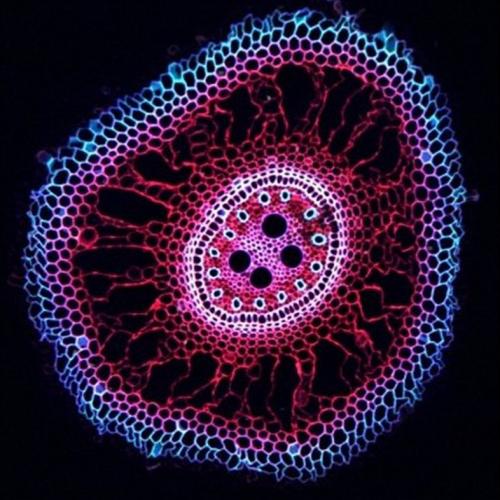Copy Link
Add to Bookmark
Report
Lambic Digest V1 #053

Return-Path: owner-lambic-digest at realbeer.com
Received: from srvr22.engin.umich.edu (root at srvr22.engin.umich.edu [141.212.2.35])
by srvr5.engin.umich.edu (8.8.8/8.8.8) with ESMTP id VAA12303
for <spencer at srvr5.engin.umich.edu>; Tue, 7 Apr 1998 21:21:42 -0400 (EDT)
From: owner-lambic-digest at realbeer.com
Received: from twins.rs.itd.umich.edu (twins.rs.itd.umich.edu [141.211.83.39])
by srvr22.engin.umich.edu (8.8.8/8.8.8) with ESMTP id VAA27592
for <spencer at engin.umich.edu>; Tue, 7 Apr 1998 21:21:40 -0400 (EDT)
Received: (from root at localhost)
by twins.rs.itd.umich.edu (8.8.6/2.5) with X.500 id VAA08474; Tue, 7 Apr 1998 21:21:39 -0400 (EDT)
Received: from realbeer.com ([209.117.48.15] (may be forged))
by twins.rs.itd.umich.edu (8.8.6/2.5) with ESMTP id VAA08462; Tue, 7 Apr 1998 21:21:38 -0400 (EDT)
Received: (from mbin at localhost) by realbeer.com (8.8.3/8.6.6) id RAA19626 for lambic-digest-outgoing; Tue, 7 Apr 1998 17:42:41 -0700
Date: Tue, 7 Apr 1998 17:42:41 -0700
Message-Id: <199804080042.RAA19626 at realbeer.com>
X-Authentication-Warning: realbeer.com: mbin set sender to owner-lambic-digest using -f
To: lambic-digest at realbeer.com
Subject: lambic-digest V1 #53
Reply-To: lambic-digest at realbeer.com
Errors-To: owner-lambic-digest at realbeer.com
Precedence: bulk
lambic-digest Tuesday, 7 April 1998 Volume 01 : Number 053
wit help
Re: DeKoninck
----------------------------------------------------------------------
From: Michael Fay <faymi at earlham.edu>
Date: Mon, 06 Apr 1998 20:25:37 -0500
Subject: wit help
I bought a 50lb sack of hard red winter wheat from the local co-op (good
thing I have a corona mill) and am about to embark on a wit-making
experience. My first question (and there will probably be more) is, can I
get by with a single infusion mash with all that raw wheat? How necessary
is a protein rest? I've only done a few step-infustion mashes and they are
a big PIMA.
Michael Fay
Richmond, IN
------------------------------
From: Conn Copas <conn.copas at dsto.defence.gov.au>
Date: Tue, 7 Apr 1998 12:13:50 +0930 (CST)
Subject: Re: DeKoninck
paul_a_larson at email.mobil.com writes:
>Just a note to recommend YCKCo yeast from Ann Arbor and the recipe from
>Wheeler and Protz's book for a wonderful DeKoninck brew. My conditioning
>and hopping schedules were a little uncertain (little of both W&P plus some
>M. Jackson verbiage). Anyone have anything 'definitive'? Is it 3 additions
>of Saaz plus 2 weeks colod conditioning, or something else? Anyway its a
>great beer and I thank list members who wrote me on the subject.
Nothing definitive to add, just some musings. I am yet to hear a comprehensive
account of what cold conditioning does for ales, and would appreciate any
thoughts. The main uncertainty of course is that the yeast cannot be expected to
be working at cold temperatures, so what is going on? Well, the pros do it
partly to precipitate yeast, either prior to filtering, or prior to re-seeding
with a bottle yeast; not big concerns of the average home brewer. The cold can
also be expected to accelerate tannin precipitation, and therefore result in
a certain amount of smoothing. The magnitude of this effect presumably depends
on how much tannin was in the original brew, and could be expected to be
especially useful if decoction was employed. And then there is plain old chill
haze reduction.
There is a sentiment floating
around in lager circles that cold maturation reduces esters, but I am yet to
hear any real explanation of that mechanism and, particularly, any statement
about whether active yeast is necessary to catalyse that process. Lastly, if
the brew enters the cold conditioning phase possessing a reasonable level of
dissolved CO2, and the conditioning occurs in a closed system, then it may be
speculated that a finer bead will eventually result.
As I see it, there are a couple of issues which need to be resolved before the
average home brewer can be sure of benefitting from cold ale maturation. These
issues include (a) whether the maturation occurs in bulk or in bottle
(b) whether the maturation occurs in a closed pressure system (c) whether
the maturation occurs soon after fermentation or, instead, closer to the time
of consumption (d) whether the maturation is indeed accompanied by conditioning,
as in CO2 production (eg, through use of a lager yeast, or through artificial
carbonation). Like I indicated, I don't have definitive answers for any
of this, but would certainly welcome any comments from the collective.
------------------------------
End of lambic-digest V1 #53
***************************























